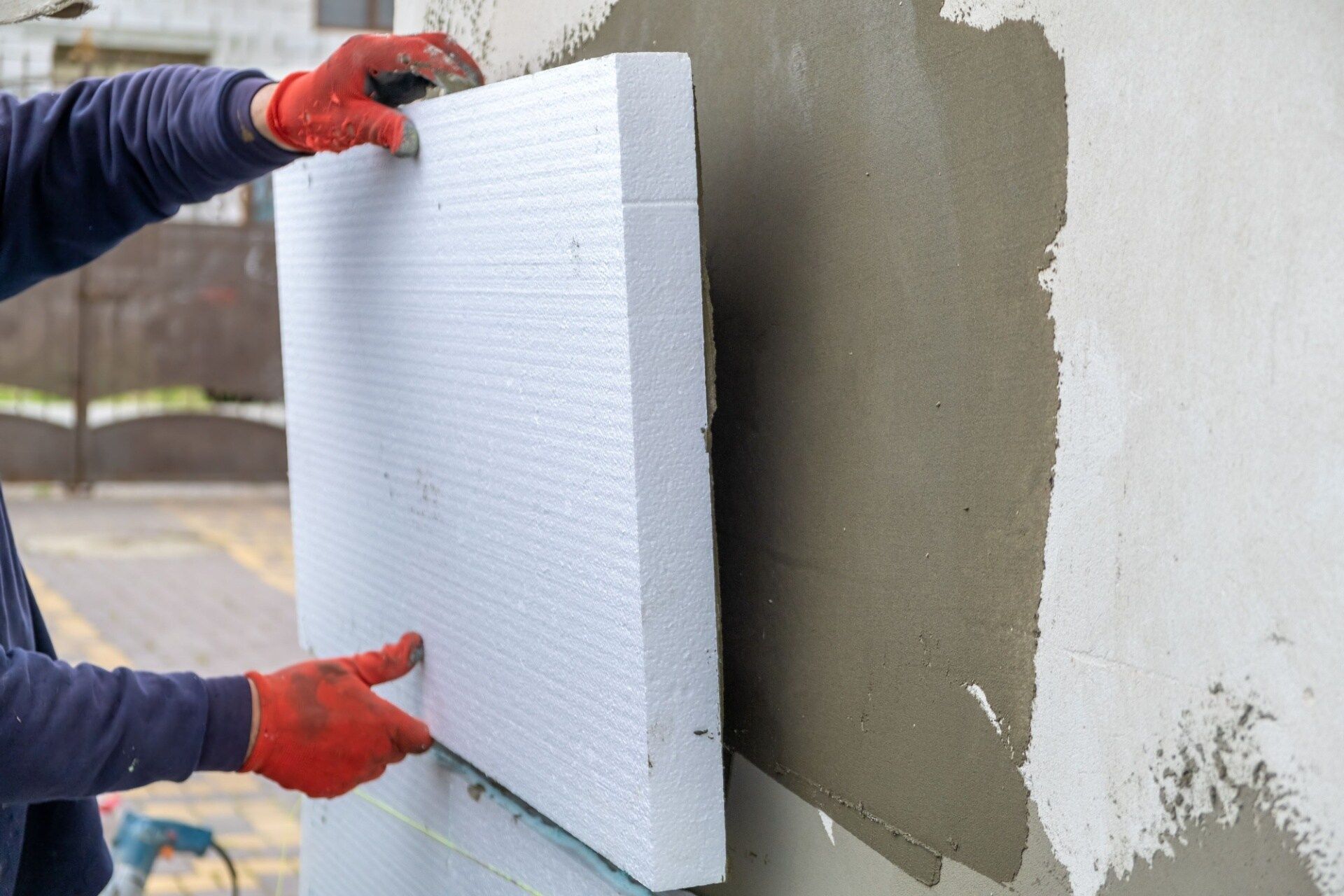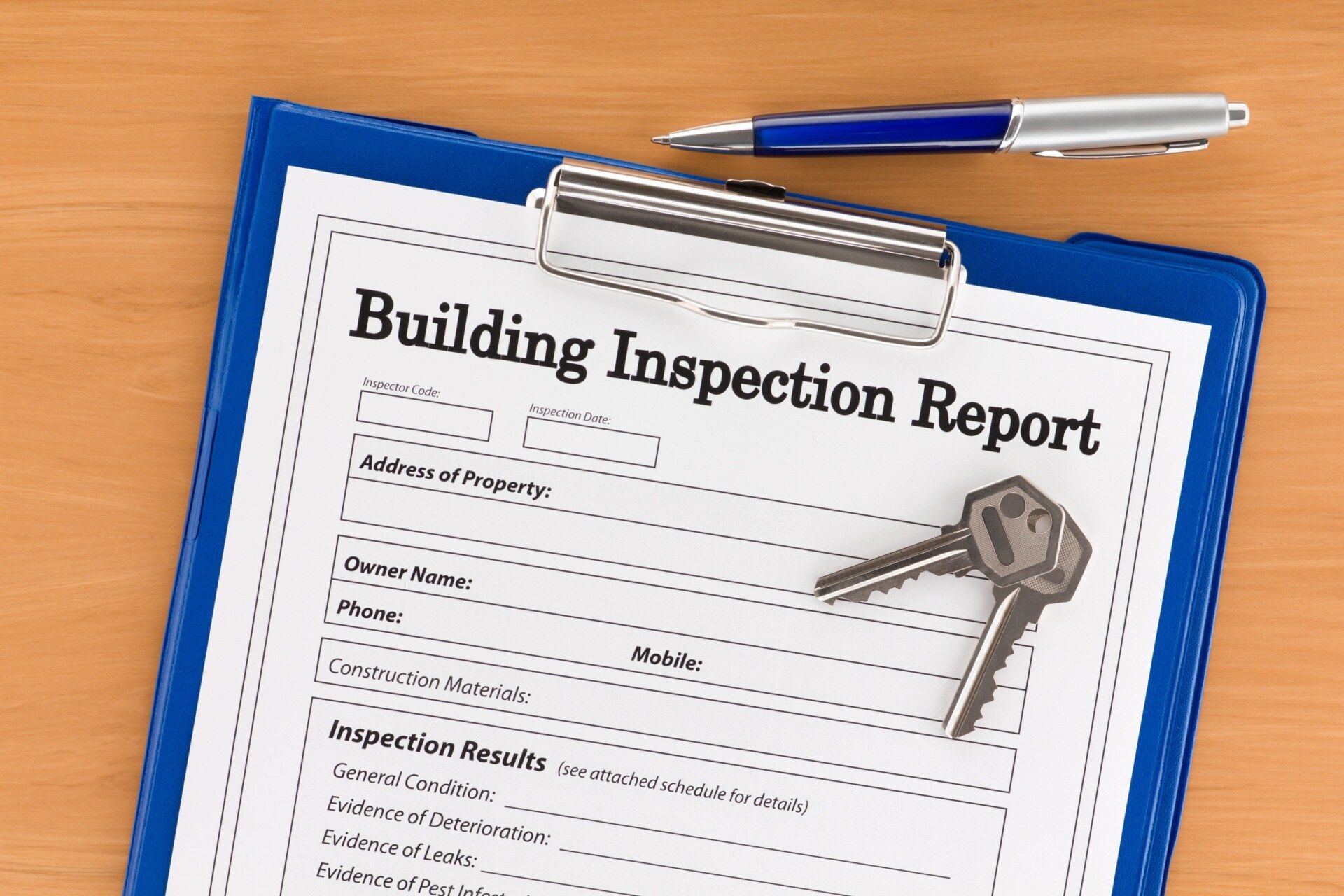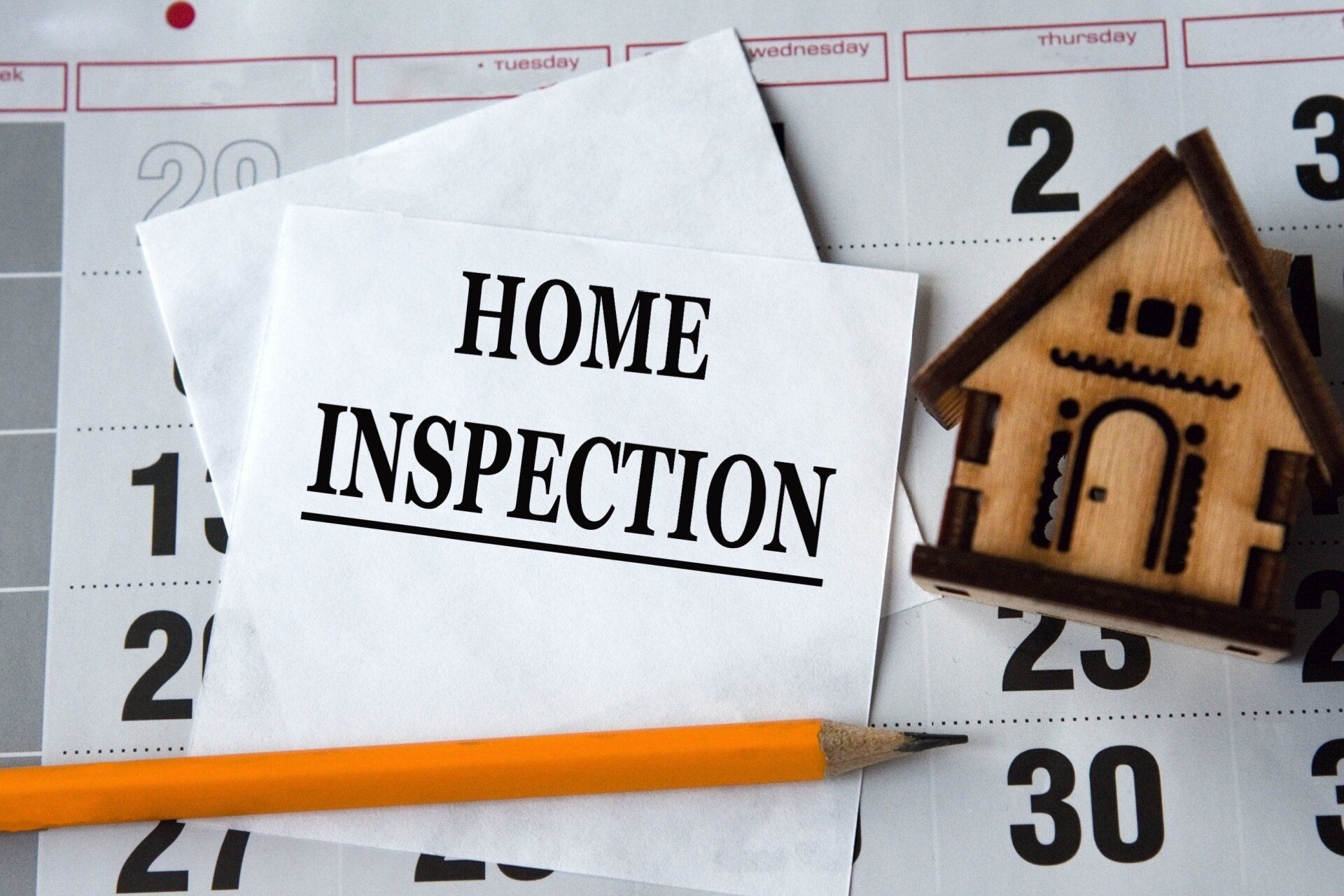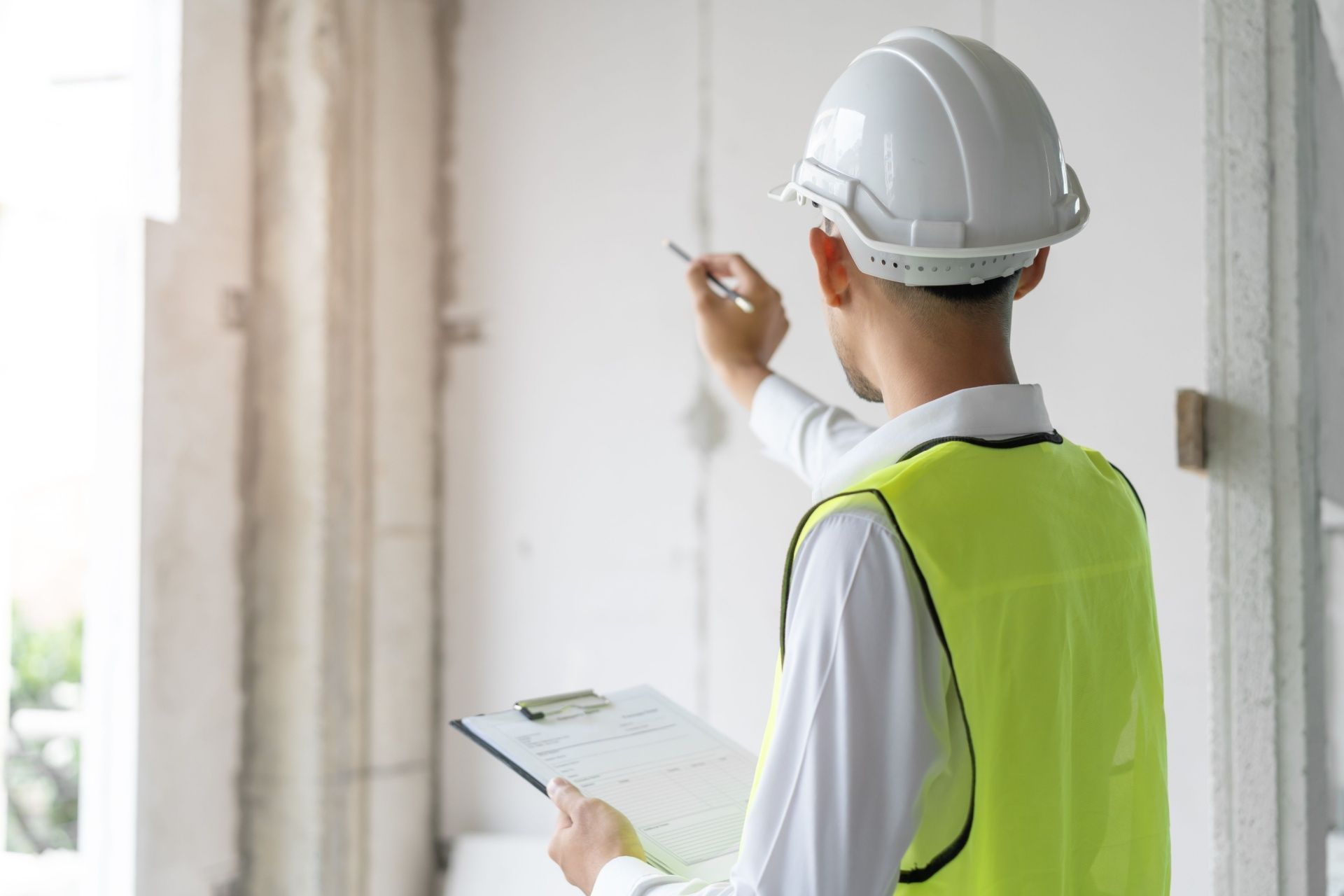The Infrared Revolution: Illuminating the Future of Home Inspections
Why Is Infrared Technology the Future of Home Inspections?
In the ever-evolving landscape of home inspections, the integration of infrared technology has emerged as a game-changer, offering a more comprehensive and insightful approach to evaluating a property’s condition. Beyond traditional methods, infrared home inspections utilize thermal imaging cameras to detect subtle temperature variations in building materials. This advanced technology provides a wealth of information that is often hidden from the naked eye, making it an indispensable tool for both homebuyers and sellers.
One of the primary advantages of infrared home inspections lies in their ability to identify issues that might go unnoticed in a conventional inspection. These include hidden water leaks, insulation deficiencies, and electrical problems. The infrared cameras can detect temperature differences, revealing potential areas of concern before they escalate into major, costly issues.
Rob McColley is the Lead Inspector Manager for ProTec Inspection services and an expert on Infrared Home Inspections. He explains how big of a difference maker the infrared cameras have been for his inspectors; “These infrared guns allow us to take the guess work out of everything. There could be a second-floor faucet that is slowly dripping and not yet showing up on the ceiling underneath. Our cameras uncover those problems in seconds, eliminating a problem that when built up can become serious or costly.” Water damage is a homeowner’s nightmare, often occurring out of sight until it becomes a costly issue. Pinpointing moisture intrusion early on can prevent mold growth and structural damage, saving homeowners substantial repair expenses down the line. . By identifying these potential water damage hotspots early on, homeowners can take proactive measures to address leaks or drainage issues before they escalate into major problems, saving both time and money in the process.
Infrared inspections excel in detecting electrical problems that can pose serious safety hazards within a home. Infrared technology allows inspectors to visualize overheating in electrical components, such as faulty wiring or overloaded circuits. This proactive approach not only prevents potential fire hazards but also ensures the overall safety and well-being of the occupants.
As we look ahead, it’s clear that infrared inspections are paving the way for the future of home assessments. The non-invasive nature of this technology provides a comprehensive view of a property’s condition without the need for destructive testing. Homebuyers and sellers alike can benefit from the thoroughness and precision offered by infrared inspections, making them an invaluable tool in the real estate industry. Rob McColley ended the interview by looking into the future of home inspection technology; “This (Infrared cameras) is certainly one of the biggest advancements in my time and I sure hope this is how it continues to go. It is a tremendous help to the inspector to be able to tell a client that there are issues behind the wall blind to our naked eye.”
Embracing this technology is not just a choice for the present; it’s an investment in the long-term health and sustainability of your home. As we navigate the ever-evolving landscape of property inspections, choosing a company that harnesses the power of infrared technology is a strategic move toward a safer, more efficient, and future-ready home.
Disclaimer: The information on this website and blog is for general informational purposes only and is not professional advice. We make no guarantees of accuracy or completeness. We disclaim all liability for errors, omissions, or reliance on this content. Always consult a qualified professional for specific guidance.





